Ever caught your feline friend nibbling on your fingers and wondered why my cat chews on my fingers? It’s not just you—many cat owners scratch their heads over this odd little habit.
While it may seem like a bizarre pastime to us, to our cats, our fingers can often resemble chew toys or signal a form of interaction.
Additionally, finger-chewing may be linked to a cat’s grooming instincts as cats groom each other by licking and nibbling. (1)
Understanding why our cats engage in this behavior is important, as it may be a clue to their overall well-being or a signal of their trust in us, especially if we have recently handled cat food or other pungent-smelling items.
So why do cats nibble on their owner’s fingers? Let’s uncover the quirky habits of our feline friends.

Cats are complex creatures with behaviors that often leave their owners both amused and puzzled.
When your cat decides that your fingers are their new favored chew, it’s more than an eccentric quirk; it’s an opportunity to gauge their health, happiness, and the unique bond you share.
As we dive into this topic, expect a mix of veterinary insights and hands-on advice, spiced with anecdotes that every cat owner can relate to.
Get ready to unravel this feline mystery with a touch of humor and a heap of helpful facts!
Key Takeaways
- Cats chew on fingers for various reasons including stress relief, teething, or as a form of affectionate play.
- This behavior is a chance to better understand and strengthen the bond with your cat, ensuring they’re both healthy and content.
- The article offers a blend of expert advice and practical tips, delivered with a dose of humor and relatability.
Understanding, Why Does My Cat Chew on My Fingers?
Have you ever wondered why your feline friend chews on your fingers during snuggling? Let’s unravel the mystery! Cats possess a variety of instincts that can influence this behavior.
From using their mouth as a tool for exploration to giving affection through gentle nibbles, your cat’s chewing might just be one of the likely reasons they are trying to bond with you. (2)
Decoding Feline Psychology
Why do cats bite or nibble on you?
- Exploration: Cats use their senses to explore the world, and yes, that includes taste!
- Affection: Occasional gentle bites, or ‘love bites’, can be a sign of affection.
- Play: Biting is a part of natural play behavior, mimicking hunting practices.
Interestingly, what we often chalk up as “naughty behavior” like chewing might just be your cat’s attempt at communication. Understanding their body language is key in interpreting these signals.
Strengthening Your Relationship with Your Cat
Now, how can you ensure these interactions reinforce your bond? Consider engaging your cat’s instincts with toys instead of fingers, showing them you’re a fun companion.
Be mindful of any signs of stress or discomfort from your cat to avoid any negative experiences:
- Avoid: Forceful petting or handling that may upset your cat
- Introduce: New toys and activities to provide mental stimulation and an outlet for natural chewing urges
By addressing these behaviors with care and understanding, not only are you discouraging the use of your fingers as a chew toy, you’re also enhancing the trust and affection between you and your cat.
Look for the subtleties in their approach; those soft paw touches before a nibble are asking for your attention and engagement. Image Credit: Luis Echeverri Urrea, Shutterstock.
Remember, your cat’s behavior is a window into their well-being. Keep an eye out for any changes, as they could indicate health concerns, and consult your vet when in doubt.
And most importantly, keep the play bites soft and the bonding time plentiful! (3)
Expert Insights on Feline Dental Health and Behavior
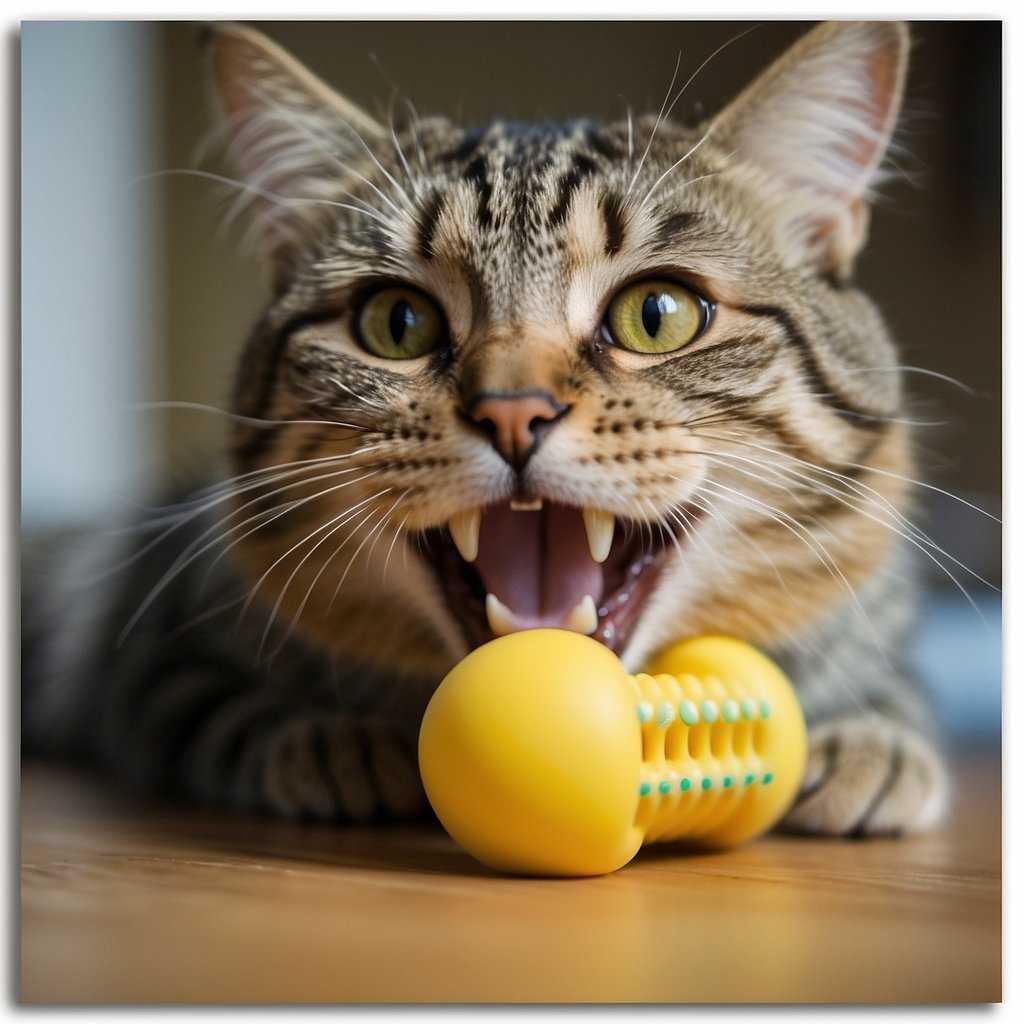
This might just be a sign of their teething phase, which typically occurs around 8 weeks of age.
When those baby teeth start falling out and adult teeth make their grand entrance, your kitten’s gums often feel sore and irritated.
To ease the discomfort, they may turn to your fingers as chew toys, much like human babies do. As experts explain, this behavior is an instinct for teething kittens and can be managed with proper dental care.
Teething in Kittens: How to Spot and Soothe
- Recognizing Teething: Increased biting or chewing
- Slight bleeding of the gums
- Visible lost baby teeth
- Providing Relief: Offer soft chew toys
- Gently massage their gums
- Keep plenty of chewable distractions handy
Proper dental care is a cornerstone of kittens’ overall health and happiness. Just like in humans, gum disease and tooth decay can lead to a host of problems, not to mention crankiness. (4)
If left unchecked, nutritional deficiencies might arise, and that’s the last thing you want for your furry friend, right?
Sure, a little chew here and there can be normal, but excessive nibbling might signal a plea for help. Dental problems can arise from, and contribute to, other health issues.
That’s why keeping up with your vet appointments is crucial.
A chat with your veterinarian and a consultation with a pet behaviorist may unearth issues causing your cat to chew more, and regular dental check-ups can prevent the escalation of such problems.
Remember that your cat’s pearly whites are key to their well-being, and maintaining them can save you both from a lot of trouble.
So, make sure those vet visits are a regular thing in your cat’s calendar, and you’ll be aiding in the fight against unwanted chewing – not to mention protecting those precious fingers of yours!
Practical Solutions for Everday Challenges
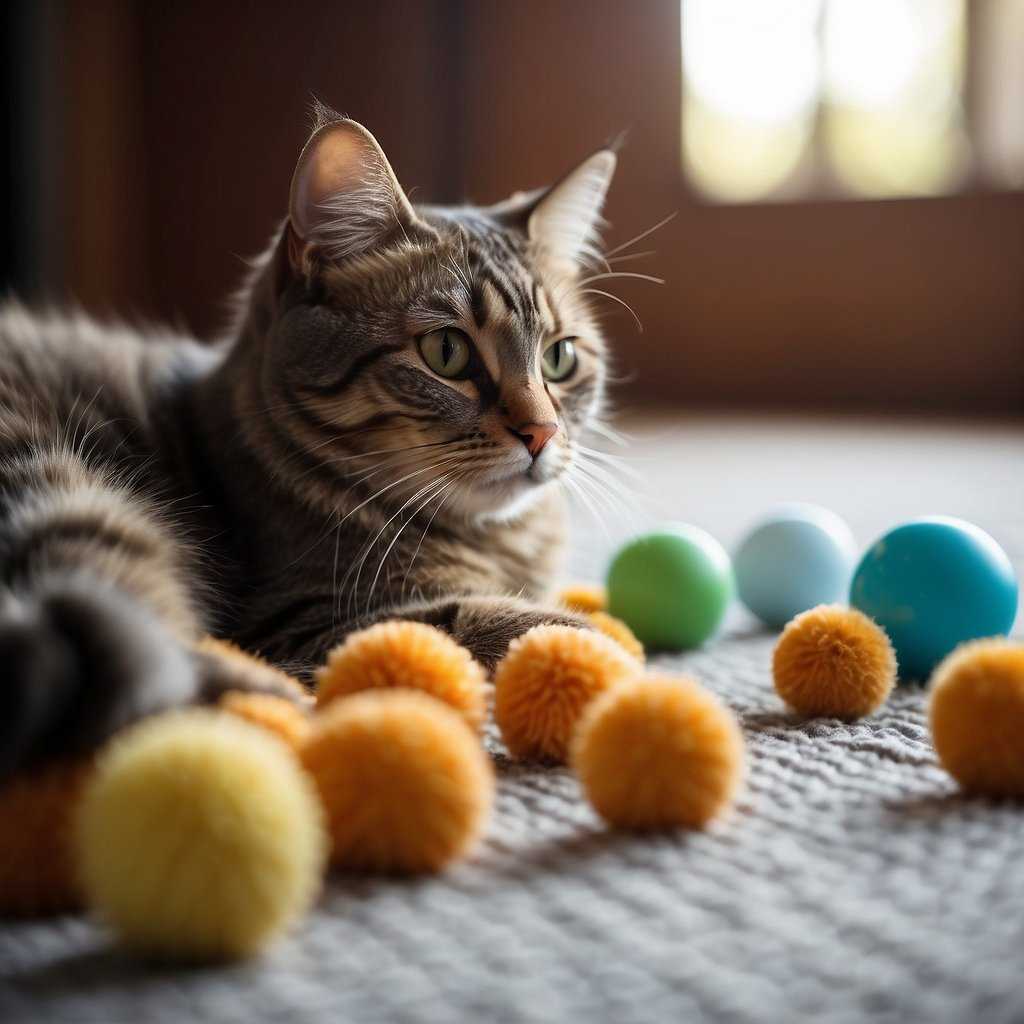
It’s paw through some strategies to keep those tiny teeth at bay without any hissing match between you and your kitty.
Do:
- Provide Plenty of Toys: Keep a variety of cat toys on hand to divert those chompers. Consider options like:
- Interactive Toys: Wand toys can mimic prey, engaging your cat’s hunting instincts.
- Chew Toys: Some are designed to withstand those sharp little teeth and provide your cat with a safe chewing outlet.
- Prioritize Playtime: Engage your cat in interactive play at least twice a day. It’s a purr-fect way to burn off excess energy and strengthen your bond.
Don’t:
- React Negatively: Yelling or being rough might scare your kitty and harm your relationship. A gentle ‘no’ and redirection to a chew toy work wonders.
- Ignore the Issue: Persistent chewing could signal boredom or stress. Assess and enhance your cat’s environment with the goal of environmental enrichment.
Crafting a stimulating environment is key. Cats are curious creatures, and they need an engaging space to explore. Consider:
- Climbing Opportunities: Shelves or cat trees can let your cat reach new heights safely.
- Puzzle Feeders: They stimulate the brain and make your cat work for their treats—double the fun!
Remember, each kitty is unique, so what works for one may not excite another. It takes a bit of detective work to find just what tickles your cat’s whiskers.
But with these tips, you’re well on your way to turning those biting blues into purrs of joy!
Adding Humor and Relatability to Cat Care
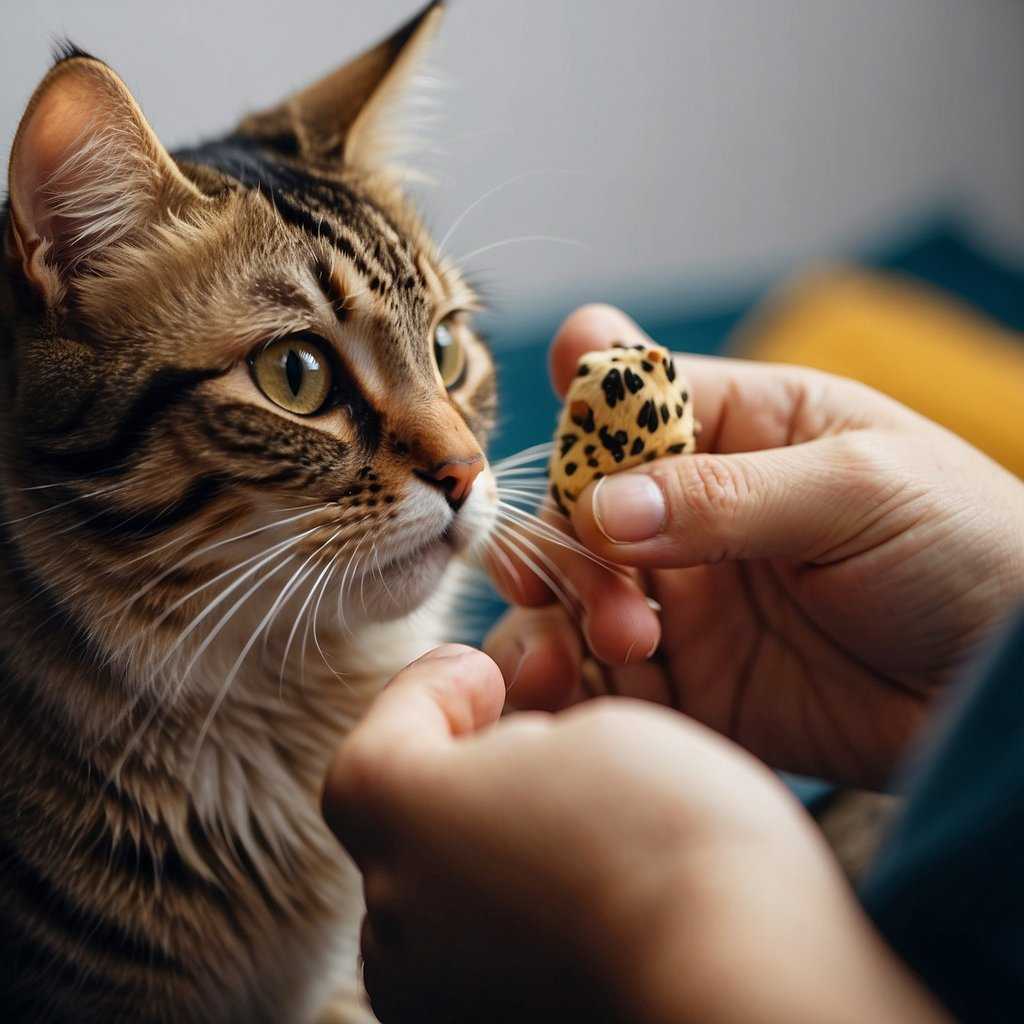
Well, when they start chewing on them, it might feel like a sign of feline affection… or a hint that you’re slacking on playtime.
But why do our furball friends mistake our digits for chew toys?
- Playtime: Cats have this adorable tendency to get playful, and your wiggling fingers might just be the most intriguing “prey” around. Remember, it’s all fun and games until the claws come out!
- Stress and Boredom: Imagine being home all day with nothing but a half-chewed feather toy. Boredom can lead to stress, and your fingers are a prime target for a stressed kitty’s pent-up energy. Keep those paws occupied with a healthy dose of toys and interactions.
- Overstimulation: You’re petting away, and it’s pure bliss until — chomp! Yep, you’ve hit the petting threshold, and your cat’s telling you, “That’s enough, thanks!”
- Grooming and Affection: Sometimes, a nibble is simply a grooming gesture or a love bite. Cats use scent marking to claim their beloved humans, so consider those gentle bites as their way of saying, “You’re mine!”
- Anxiety: A new houseplant or a missing sock can send a cat into a spiral of anxiety. Your comforting fingers can be a source of reassurance but watch for signs of anxiety that might need a vet’s attention.
A cat’s chewing behavior isn’t meant to be aggressive; it’s more about affection, exploration, or even a little sign of “Hey, I need some attention over here!”
So, next time you find your cat latched onto your finger, ask yourself: Is it time for a new toy, or am I just irresistibly tasty today? (5)
Keep those interactions positive, laugh off the tiny “love bites,” and remember — you’re not just an owner, you’re a lifelong playmate and personal thumb warmer because, after all, that’s just your cat’s way of showing love and affection through their quirky habit of gently nibbling on your fingers, also known as the cat’s way.
Oh, and keep an inventory of band-aids — just kidding… or am I?
Tailored Advice for Individual Needs
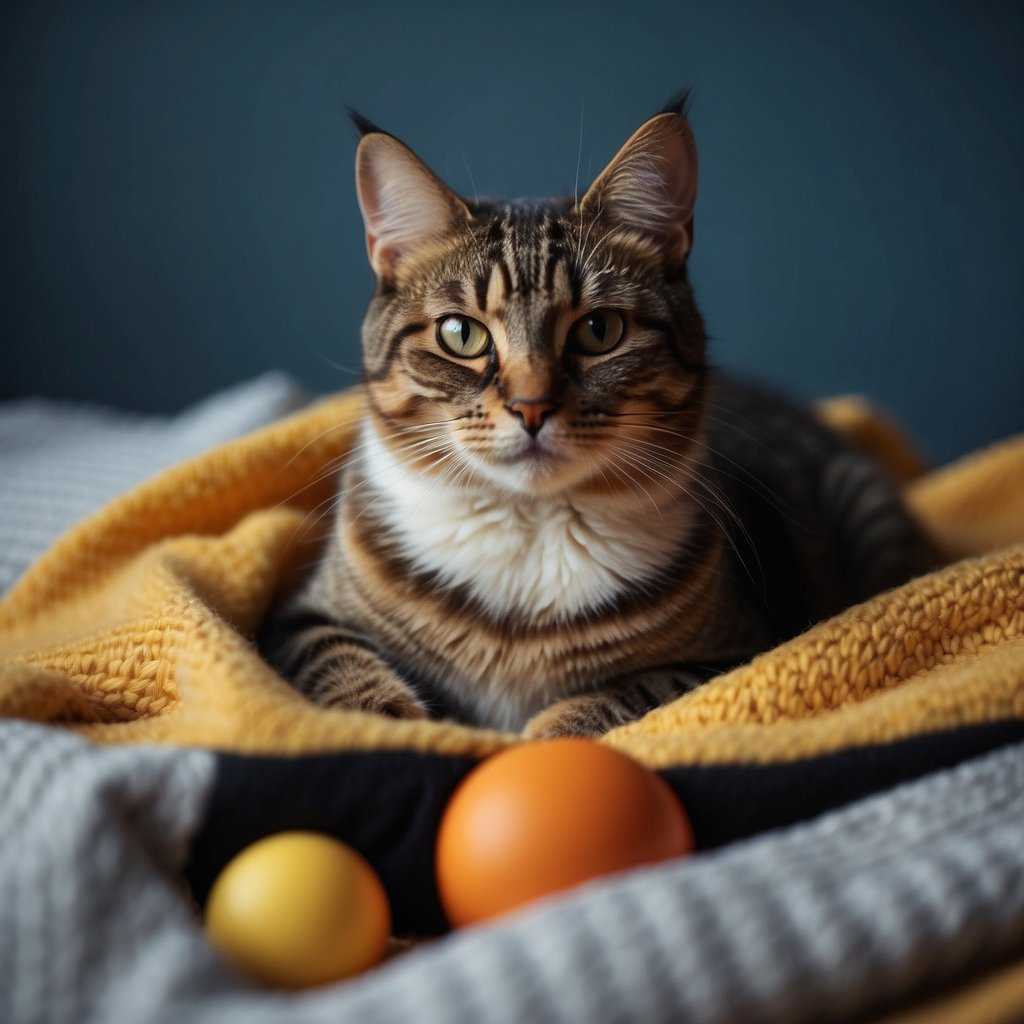
Let’s unpack this behavior and shape a plan that’s just purr-fect for your little chewer!
Step into your cat’s paws: Begin by paying close attention to your cat’s environment and your responses.
- Is your cat a young ‘un? If they’re just a kitten, they might be teething, and your fingers are a soothing option.
- Noticed stress signs? Tail flicking? Ears back? That could mean anxiety is afoot, and chewing acts as a kitty stress ball.
Here’s a ‘pawsome’ idea: Consider a playful quiz to pinpoint why your cat might be nibbling on you. This helps to differentiate between a habit born out of boredom and a stress response.
Paws and Reflect: Once you’ve got a clue, it’s training time!
- Introduce chew toys as an alternative to your digits. You can dab a bit of catnip on them to make them irresistible.
- Use positive reinforcement. When they gnaw on the toy rather than you, shower them with praise (maybe even a tasty treat).
Don’t Scratch the Training: Consistency is key for behavioral training.
- Make sessions regular but short. Cats have the attention span of…well, a cat.
List to Success:
- Observe and note triggers.
- Quiz it out!
- Provide alternatives (chew toys).
- Celebrate good behavior.
Hey, you’re not just a cat owner; you’re a personal cat whisperer in training!
By tailoring your approach to your adult cat’s individual needs, you’ll strengthen that purr-sonal bond and maybe save your fingers from becoming a chew toy substitute.
Ready to turn the tide on the tides of gnaw? Engage with your cat’s unique personality, and let’s get to it! If your adult cat loves to chew on your fingers, try redirecting their attention to a toy or treat instead.
This will not only save your fingers but also strengthen the bond between you and your furry friend.
Creative and Interactive Learning Methods
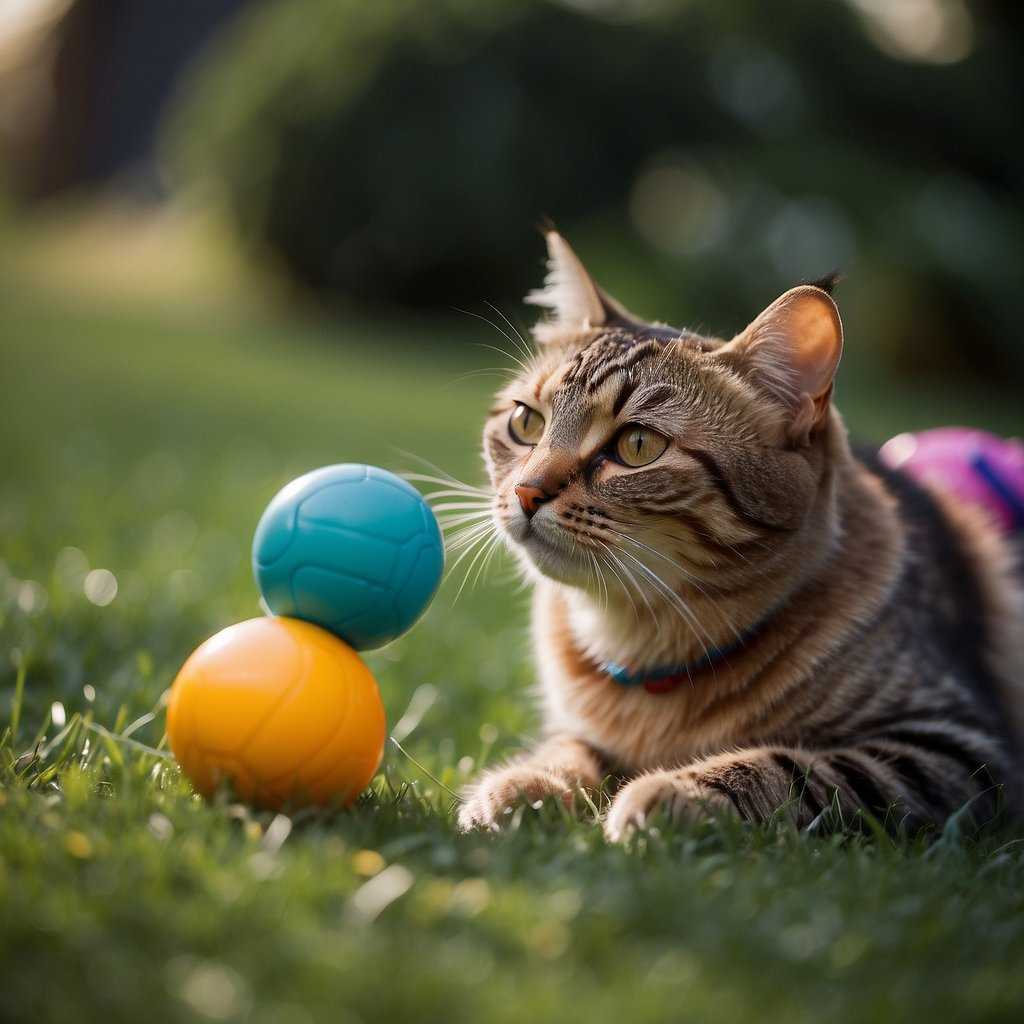
Your fingers are full of interesting smells and textures that are irresistible to a curious feline. Let’s look at some playful and instructive ways you can interact with your cat, natural hunters, to manage this behavior.
Visual Guides and Videos:
Why not start with a fun video tutorial? Watching how other owners gently teach their cats with positive reinforcement can be both enlightening and entertaining. Visual aids help demonstrate:
- How to use scent-free hand soap to reduce olfactory attraction.
- The difference between a cat’s gentle lick and an overzealous nibble.
- Techniques for redirecting your cat’s attention away from your fingers.
Interactive Learning Tools:
Who doesn’t love a good interactive guide? These digital tools are the perfect resource for tackling behaviors such as your kitty’s love for finger-chewing. They provide step-by-step guidance on:
- Understanding your cat’s body language, like purring and kneading.
- Recognizing signs of your cat’s curiosity vs. stress indicators.
- Introducing toys that satisfy the urge to bite without sacrificing your digits.
Here’s a quick table to guide you:
| Action | Tool/Method |
| Redirecting bite behavior | Chew toys, interactive toys |
| Reducing hand attractiveness | Unscented soap, gloves |
| Bonding without biting | Petting, playing, treats |
Remember, it’s all about patience and positive association. Offering your cat alternatives like chew toys instead of your fingers, and rewarding them for good behavior, reinforces the learning.
And just like that, you’re on your way to a more peaceful, and less painful, coexistence with your furry friend!
Comprehensive Solutions for Chewing Behavior

Feline friend nibbling on your fingers maybe it’s a sign of affection, or perhaps we’re looking at a cry for attention. Let’s talk about what you can do to curb that nibble!
Chew On This:
- For Love Bites: Your kitty may just be showing some love. It’s normal, but if it’s not your thing:
- Gently discourage by saying “no” and offering a soft toy instead.
- Seeking Attention: Cats are clever, and they might just have figured out that chewing means quality time with you.
- Set aside regular play sessions with appropriate toys to redirect their energy.
Dental Detective Work:
- Dental Issues: Gum disease isn’t fun for anyone, paws included.
- Check for signs of dental problems like excessive drooling or bad breath, and schedule a teeth cleaning with your veterinarian if necessary.
- Diet Do-over: A balanced diet can do wonders for dental health.
- Swap some kibble for dental treats designed to clean teeth, and make sure they’re not munching on cardboard—no nutritional value there!
Nutritional Know-How:
- Health Matters: Just like us, our furry companions need a check-up if there’s an odd behavior.
- If the chewing is constant, a visit to the vet can rule out any health issues.
- Behavioral Boundaries:
- Ensure you’re not unintentionally encouraging the behavior. Be consistent in your responses to unwanted chewing.
Remember, it’s crucial to be patient as you help your whiskered friend understand that your fingers are not chew toys. And when in doubt, a trip to the vet can put your mind at ease and keep those paws in check!
Quick Recap

If your little whiskered friend nibbles on your fingers, it’s nothing to freak out about. Let’s trot through the top chew-topics we’ve uncovered:
- Teething Troubles: Just like human toddlers, kittens have teething phases where your fingers may become teething rings. It’s a natural, though somewhat touchy, growing phase for them.
- Sensory Exploration: Cats explore the world through their senses, including taste. Consider your digits mystery-flavored treats for their curious minds. (6)
- Stress-Relief: Feeling jittery? Your kitty might be too. Chewing helps some cats unload stress—think of it as their furry kind of meditation.
- Entertaining Themselves: Ever watched a cat chase a laser dot? Unused energy might be why your fingers are suddenly prey. It’s playtime in their eyes!
- Affection: Sometimes, it’s just a love nibble! Light chewing can be your cat’s way of saying, “You’re my person.”
- Attention-Seeking: They’re clever little furballs. If chewing equals attention from you, then chew they shall.
- Weaning Woes: Taken from mom too soon, a kitty might still be in the suckling stage, hence, your finger becomes a pacifier.
Embrace these quirky behaviors but keep an eye out for excessiveness which could signal health issues. Remember, enriching your bond with your feline friend is a continuous, joy-filled journey.
Keep learning and loving—the purrs and head-bumps are worth every moment!
Frequently Asked Questions

Cats have unique ways to communicate and interact with their human companions, and one behavior that often piques curiosity is when they chew on our fingers. (7)
Why does my cat specifically choose to chew on my fingers?
Cats use their mouths to explore the world, and your fingers are accessible ‘toys’ that also carry your scent. It could be a sign of affection or just playful behavior.
Can chewing on my fingers be harmful to my cat’s health?
Typically, gentle chewing is not harmful.
However, if the behavior is obsessive or aggressive, it could lead to dental issues or indicate that something else is amiss.
How can I tell if my cat’s chewing behavior is a sign of affection or a behavioral issue?
If the chewing is gentle and accompanied by purring or cuddling, it’s likely a sign of love.
If it’s aggressive or associated with other changes in behavior, there may be an underlying issue.
What are the best toys to discourage my cat from chewing on my fingers?
Offering a variety of chew toys or interactive toys can redirect your cat’s chewing habit. Choose items designed for cats, as they are safe and can keep them entertained.
Is there a way to train my cat to stop chewing on my fingers without punishing them?
Positive reinforcement works wonders. Reward your cat when they chew on toys instead of your fingers, and gradually they’ll make the association.
Could my cat’s chewing behavior be related to their diet or health?
Yes, chewing might signal nutritional deficiencies or dental problems. If in doubt, it’s wise to consult with your vet to rule out these concerns.


